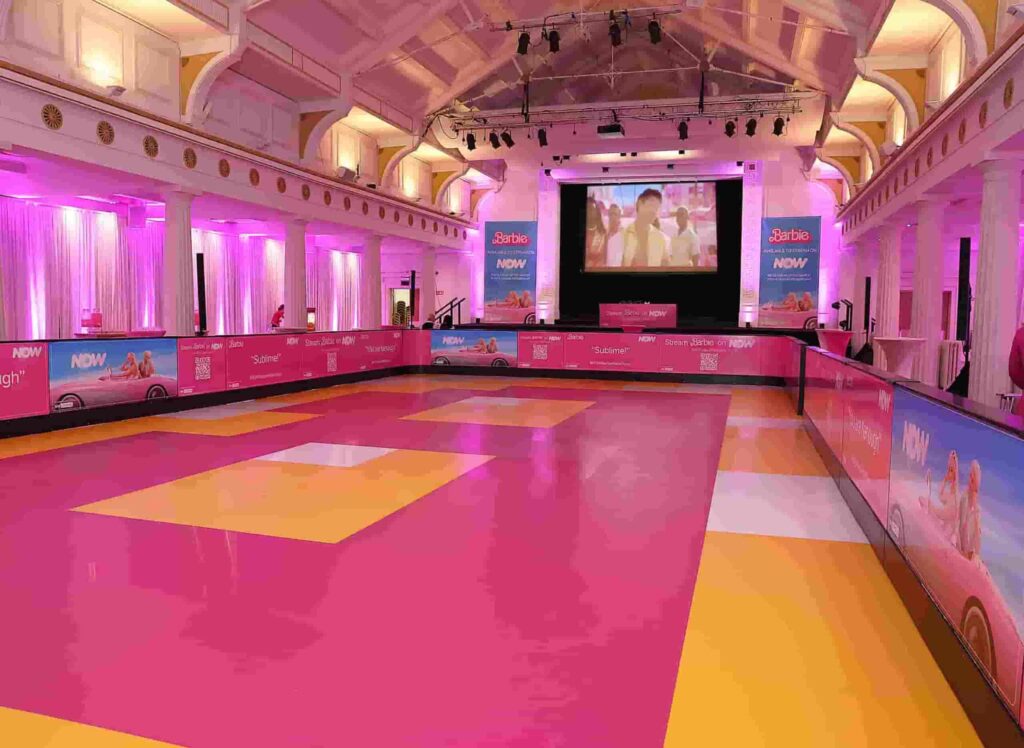The Evolution of Roller Skating: From 18th Century Curiosities to Modern Rinks
Introduction: Roller skating, a popular recreational activity enjoyed by millions worldwide, has a rich and fascinating history that spans centuries. From its humble beginnings as a novelty entertainment to the establishment of dedicated roller skating rinks, the evolution of roller skating reflects the intersection of technological innovation, cultural shifts, and the enduring appeal of movement on wheels. This article delves into the journey of roller skating from its origins in the 18th century to the vibrant modern rinks that dot our cities today.
- The Early Years: 18th to 19th Century Roller skating traces its roots back to the late 18th century when inventor John Joseph Merlin introduced the world to “inline skates” in 1760. Merlin’s contraption, consisting of metal wheels attached to a boot-like structure, was intended as a novelty device for parties and social gatherings. However, its impractical design and lack of effective braking mechanisms limited its widespread adoption.
The 19th century witnessed sporadic attempts to improve upon Merlin’s design, with inventors experimenting with different wheel configurations and materials. Notable advancements during this period included the introduction of quad skates, featuring two sets of wheels arranged in a side-by-side configuration, which offered greater stability and maneuverability.
Despite these innovations, roller skating remained a niche pursuit, largely confined to amusement parks, circuses, and vaudeville shows. Its popularity waxed and waned throughout the century, with roller skating rinks emerging as temporary attractions during periods of heightened interest.
2. Roller Skating Goes Mainstream: Early to Mid-20th Century The early 20th century marked a turning point for roller skating as technological advancements and changing social norms propelled it into the mainstream. In 1863, James Plimpton patented the “rocking” skate, which featured a pivoting truck that allowed for easier turns and smoother gliding. This innovation revolutionized roller skating, making it more accessible to the general public.
Roller skating rinks began to proliferate across the United States and Europe, offering affordable entertainment for people of all ages. Rinks became social hubs where communities gathered to skate, dance, and socialize. The rise of roller skating culture was reflected in the popularity of roller derby, a competitive sport that captivated audiences with its fast-paced action and theatricality.
During the Great Depression, roller skating experienced a resurgence as cash-strapped individuals sought inexpensive forms of recreation. Roller rinks flourished as entrepreneurs capitalized on the growing demand for affordable entertainment options. The 1930s also saw the emergence of indoor roller skating rinks, which allowed enthusiasts to skate year-round regardless of weather conditions.
3. Roller Skating in the Modern Era: Late 20th Century to Present The latter half of the 20th century witnessed continued innovation and evolution in the world of roller skating. The introduction of polyurethane wheels in the 1970s revolutionized the sport, providing skaters with improved grip, speed, and durability. This technological breakthrough paved the way for the emergence of aggressive inline skating, a high-energy discipline characterized by daring tricks and stunts.
Roller disco, a fusion of roller skating and disco music, became a cultural phenomenon in the 1970s, capturing the zeitgeist of the era with its vibrant fashion and infectious energy. Roller disco rinks became iconic destinations where enthusiasts showcased their skating prowess and grooved to the latest beats.
In recent decades, roller skating has experienced a resurgence in popularity, driven in part by the nostalgia for retro culture and the rise of social media influencers who showcase their skating skills to millions of followers. Modern roller skating rinks offer state-of-the-art facilities equipped with sound systems, lighting effects, and video screens, creating immersive experiences for skaters of all levels.
Conclusion: From its humble beginnings as a curiosity to its status as a global phenomenon, the evolution of roller skating reflects the enduring appeal of movement on wheels. Across centuries, roller skating has adapted and thrived, embracing technological advancements, cultural trends, and shifting societal norms. Today, roller skating continues to captivate enthusiasts of all ages, uniting communities and providing a joyful outlet for self-expression and creativity. As we look to the future, the legacy of roller skating serves as a testament to the power of human ingenuity and the universal desire for fun and connection.

